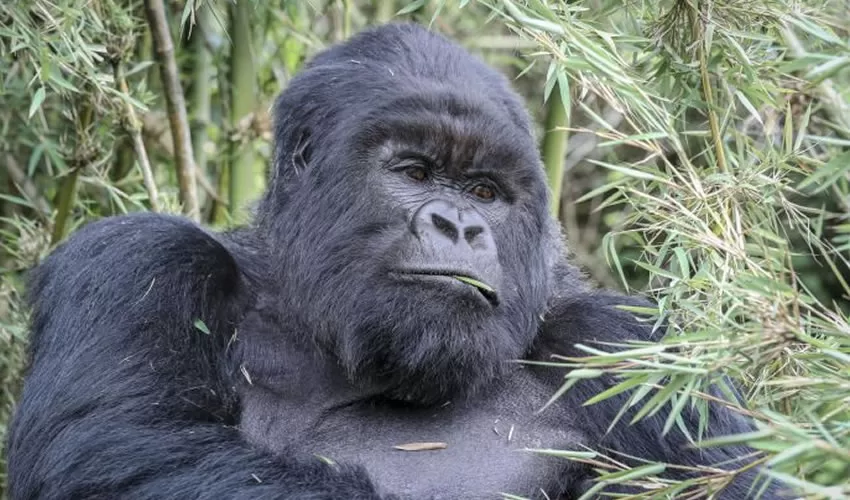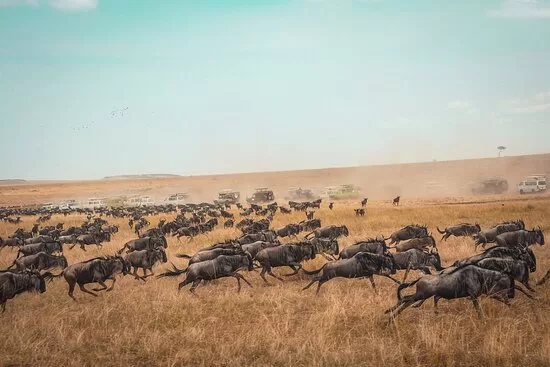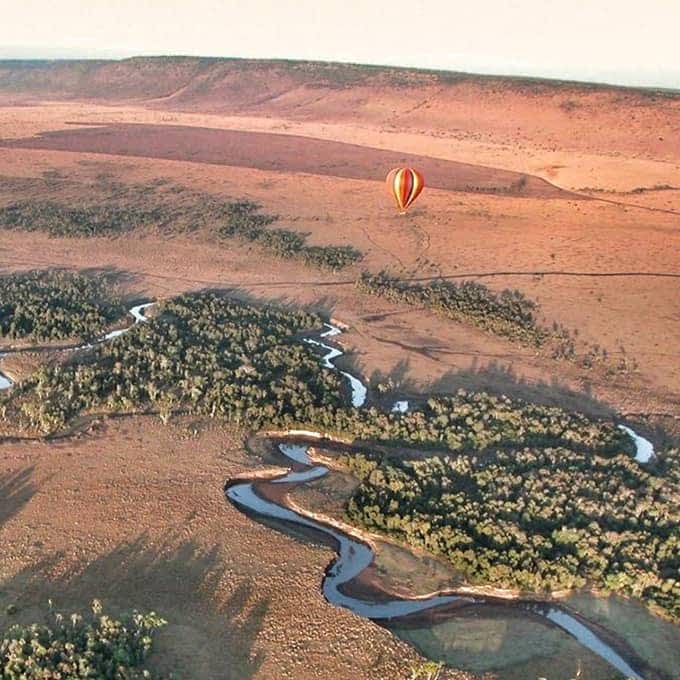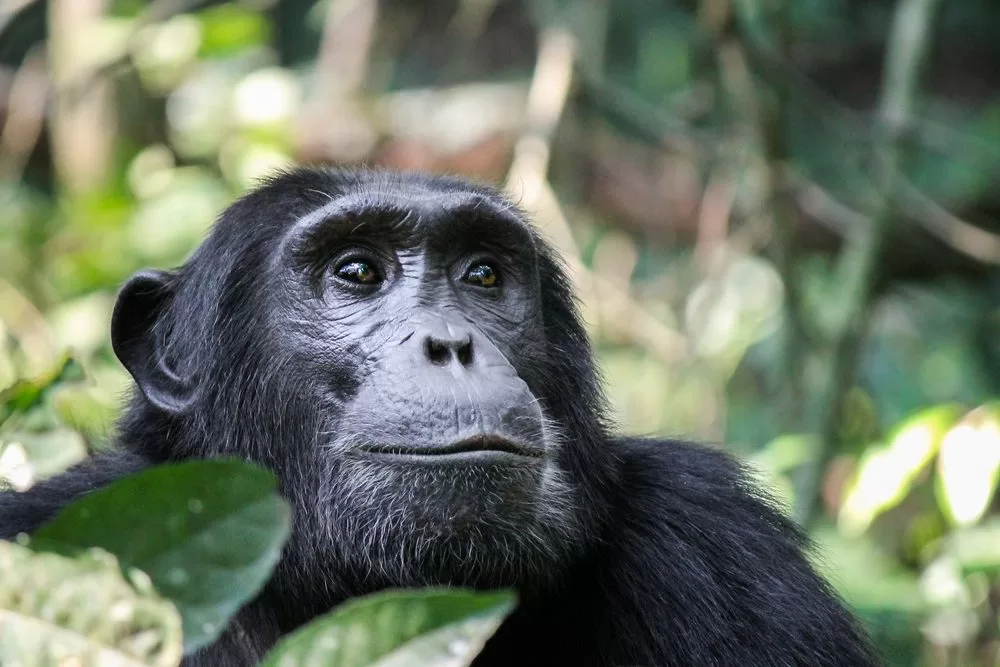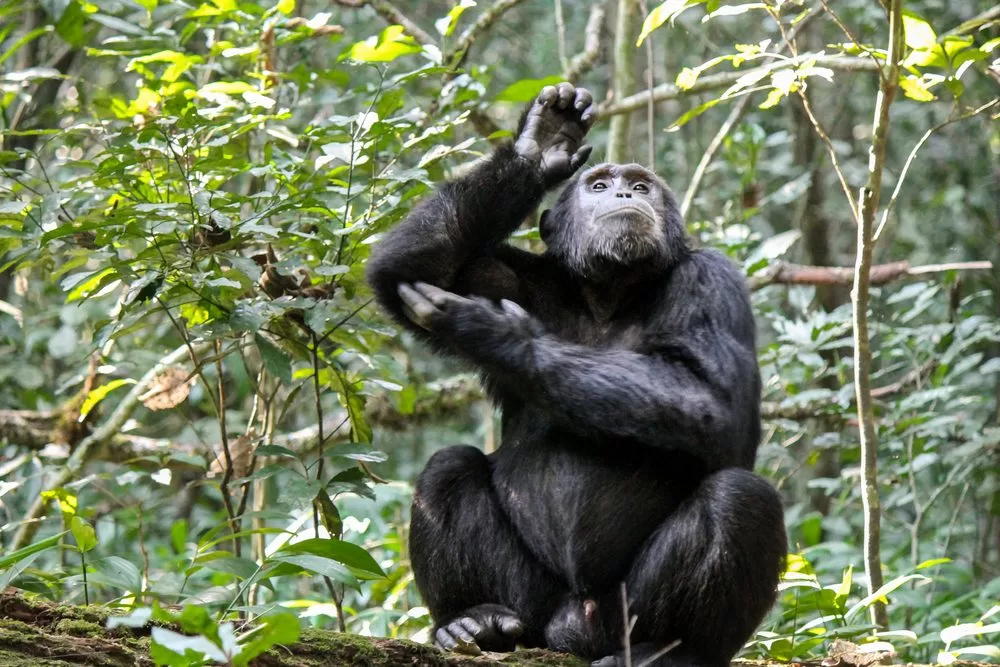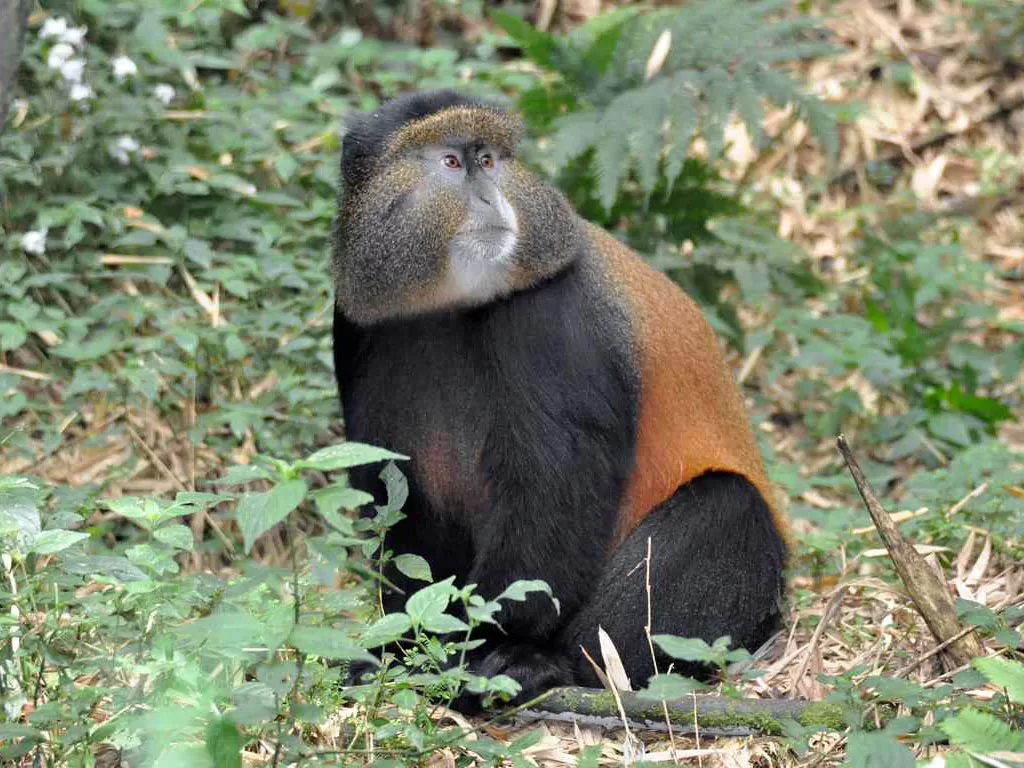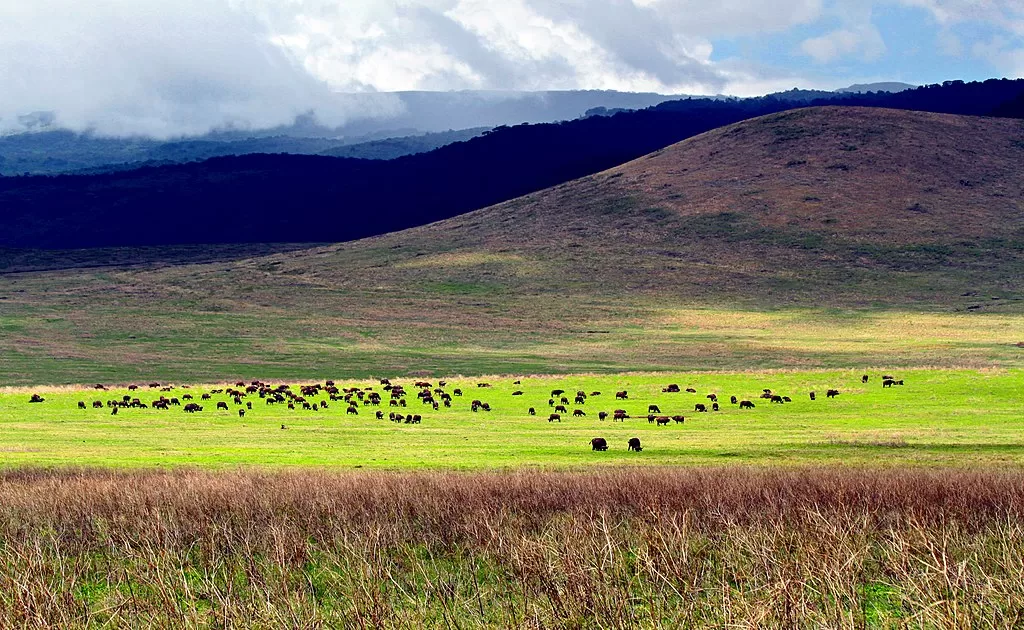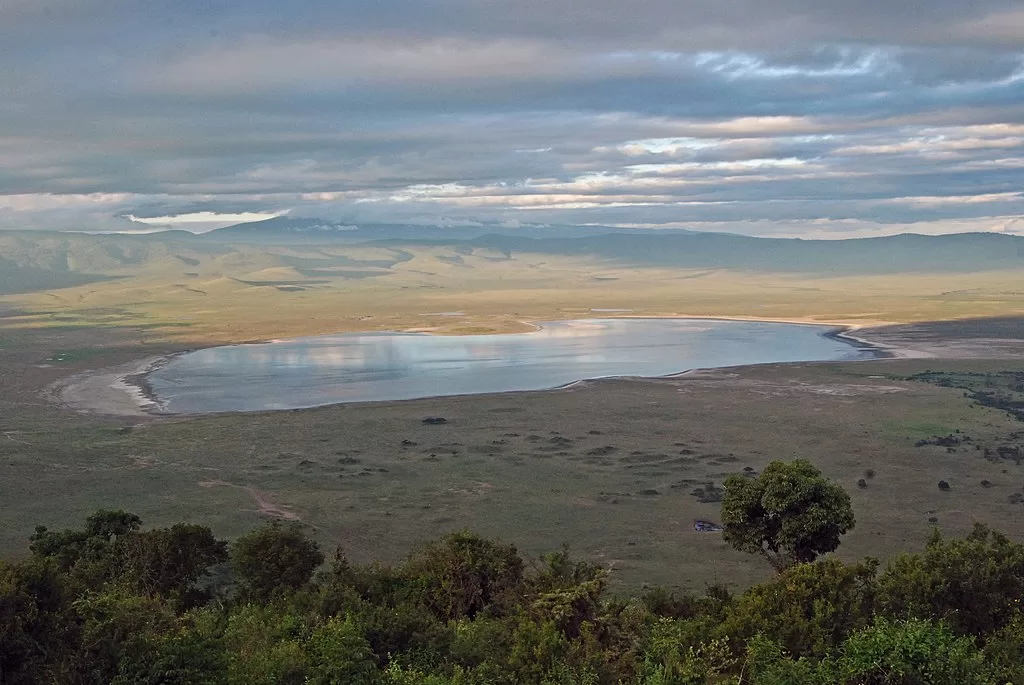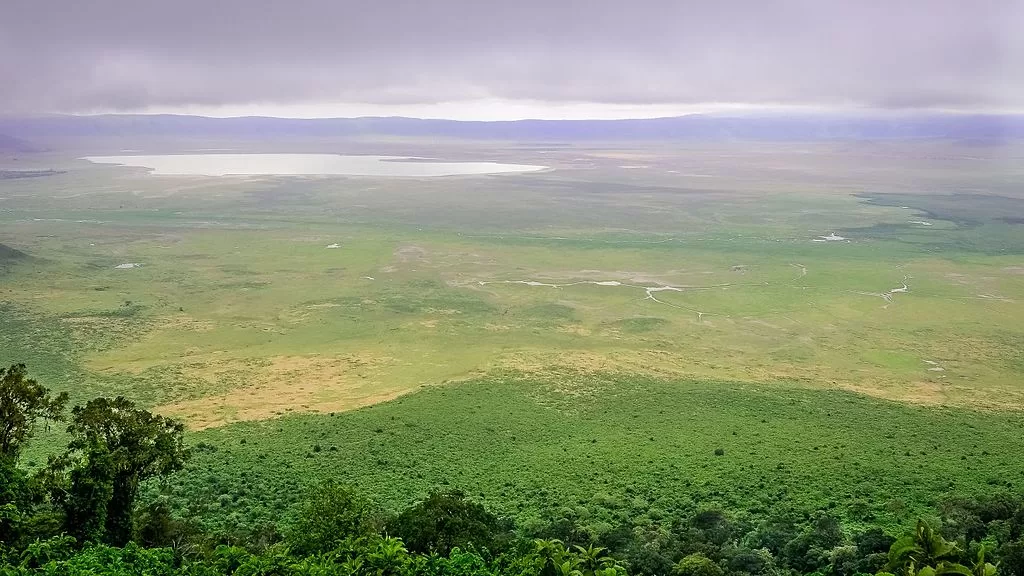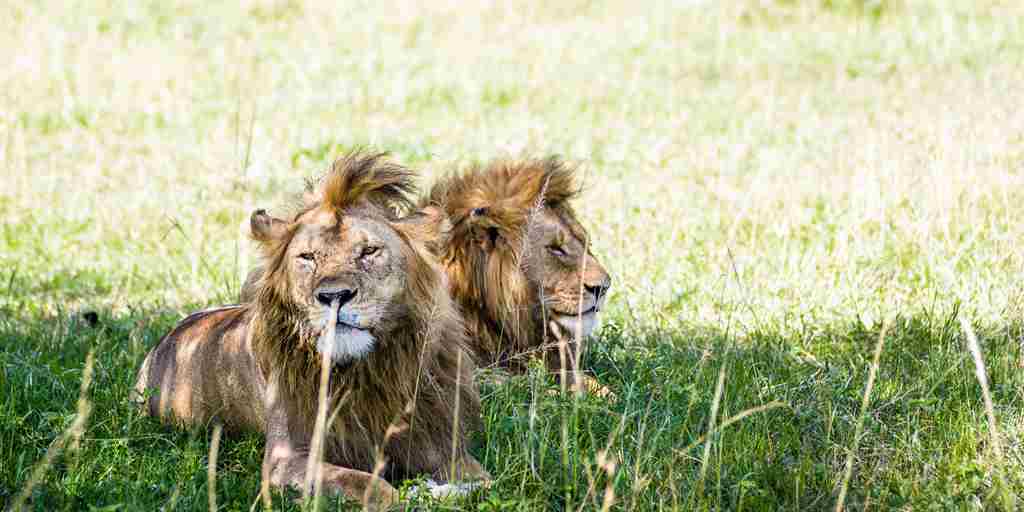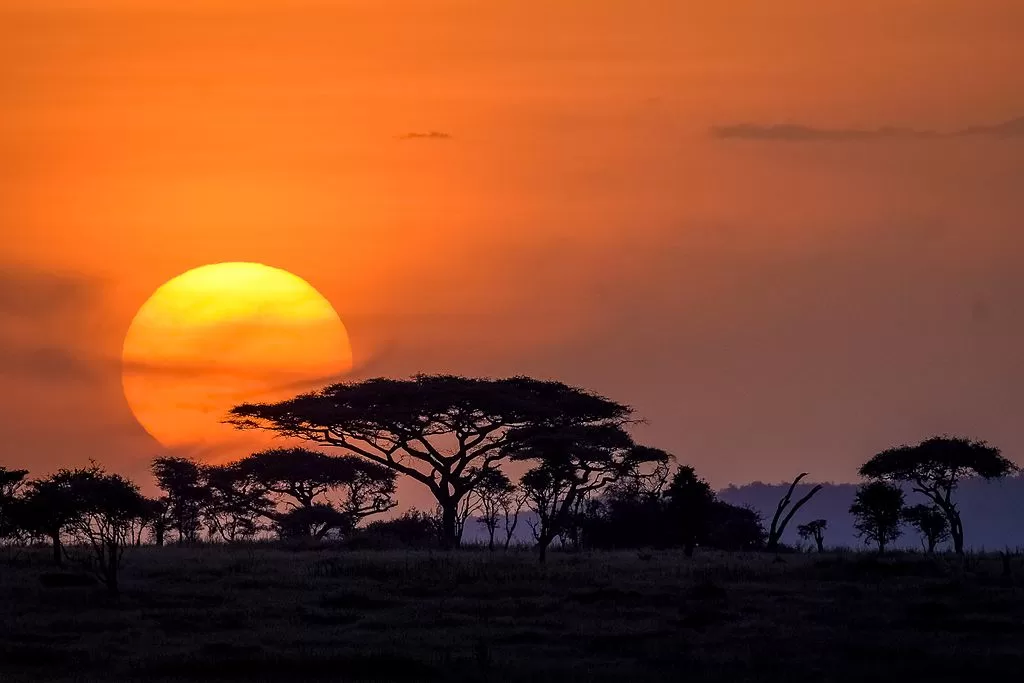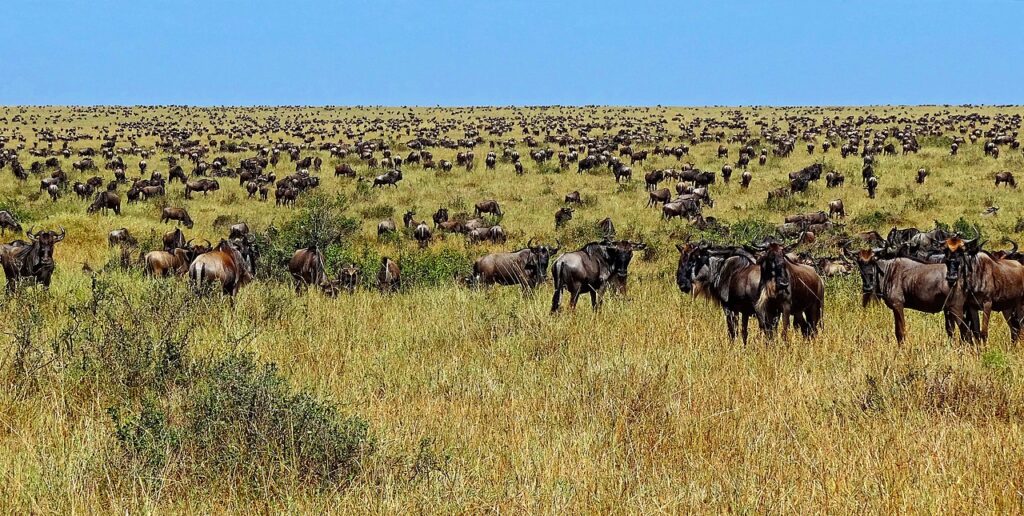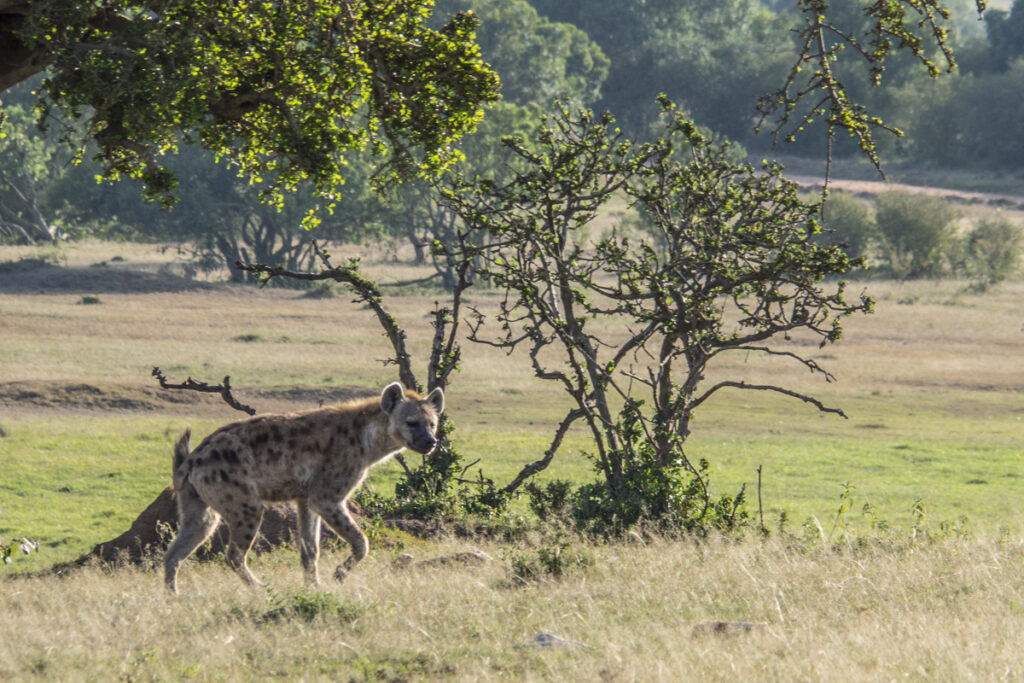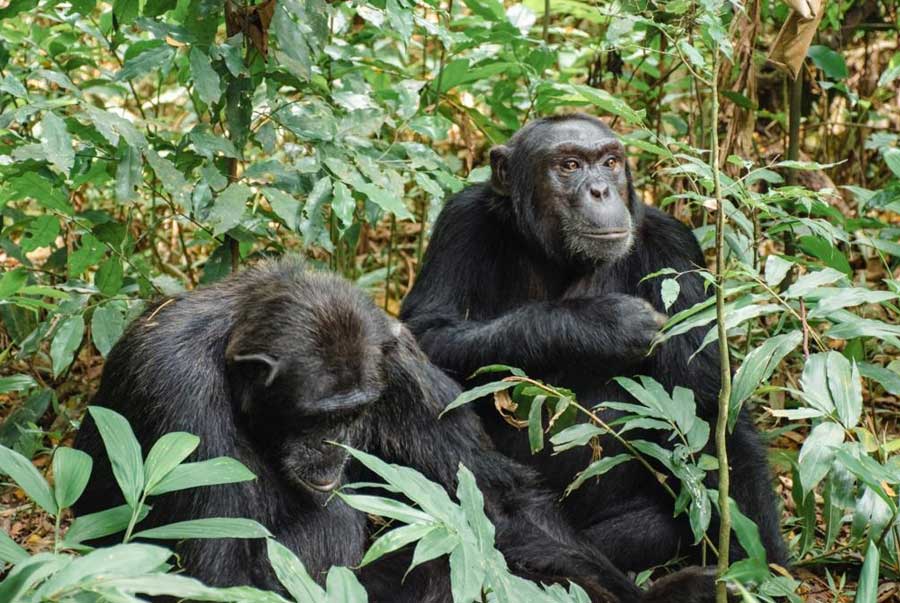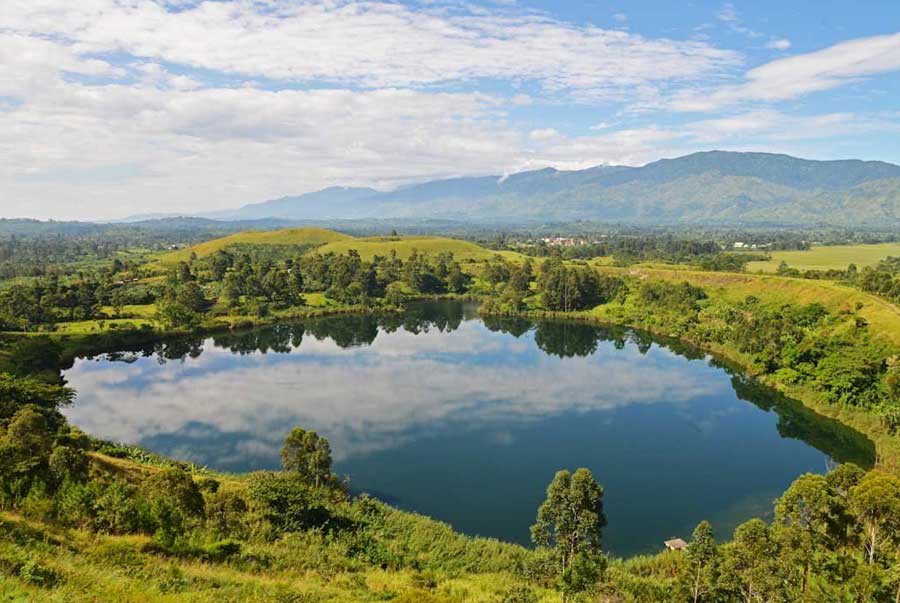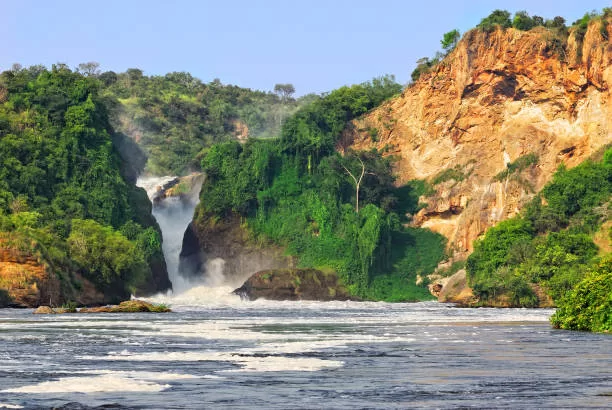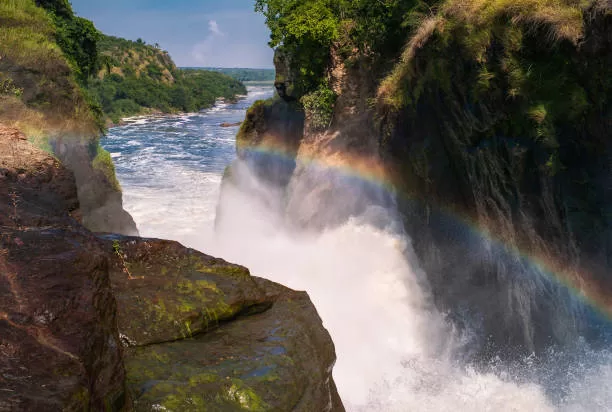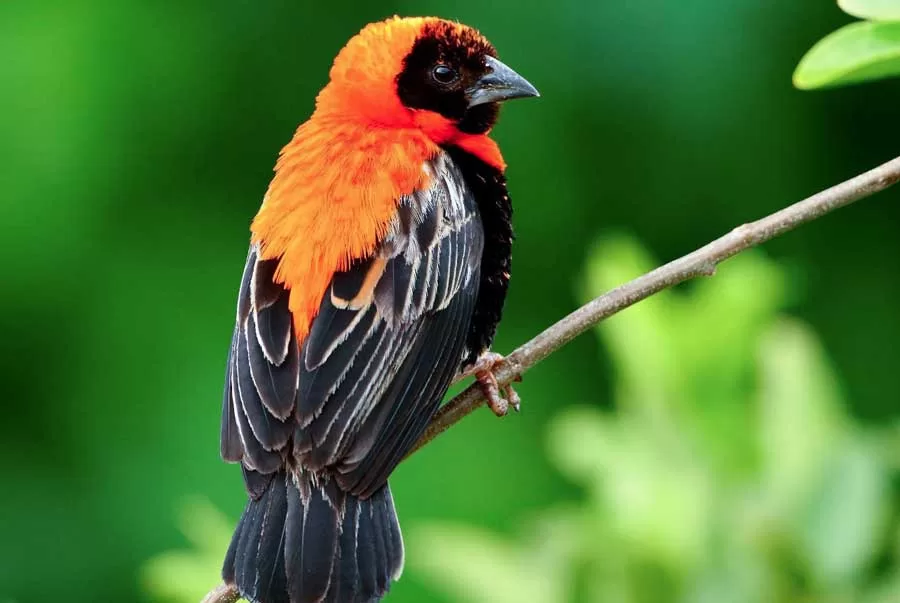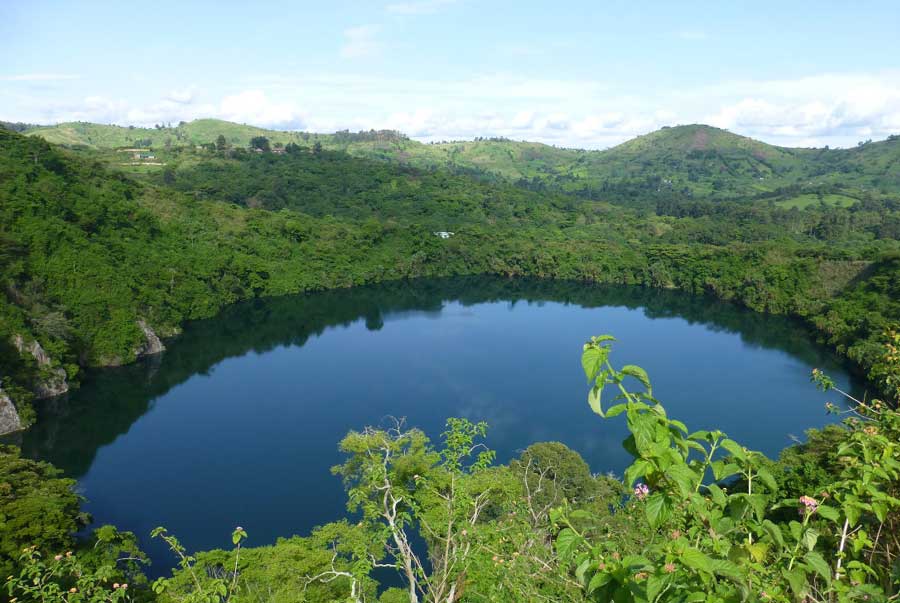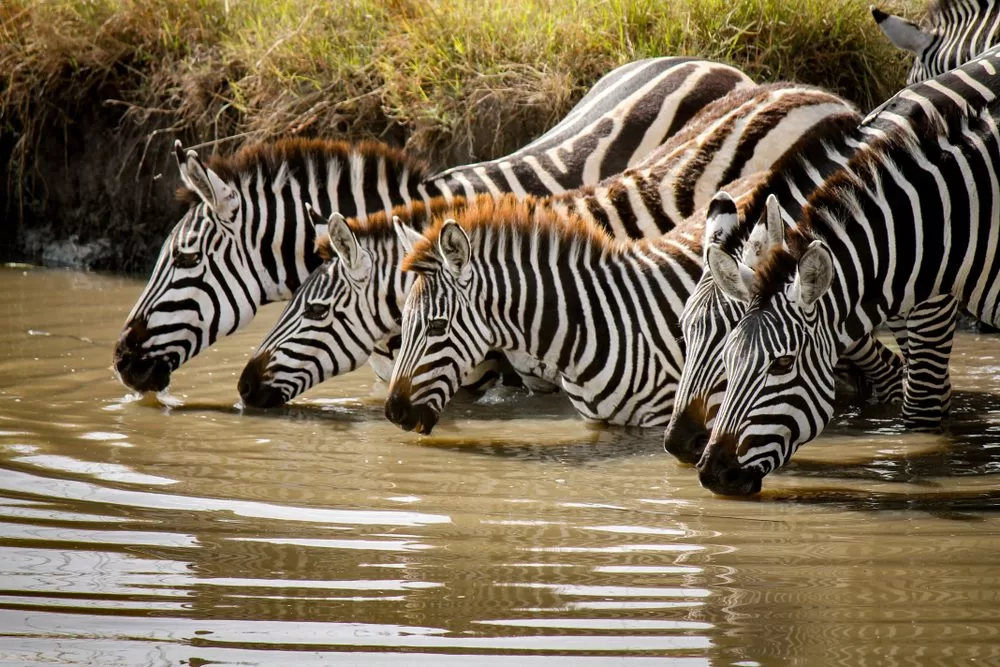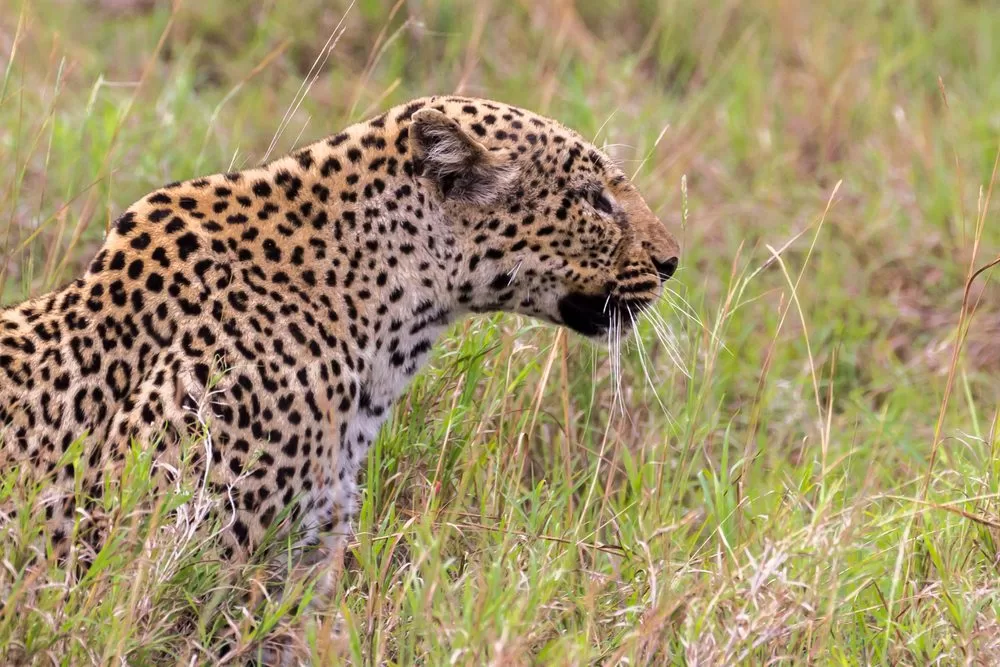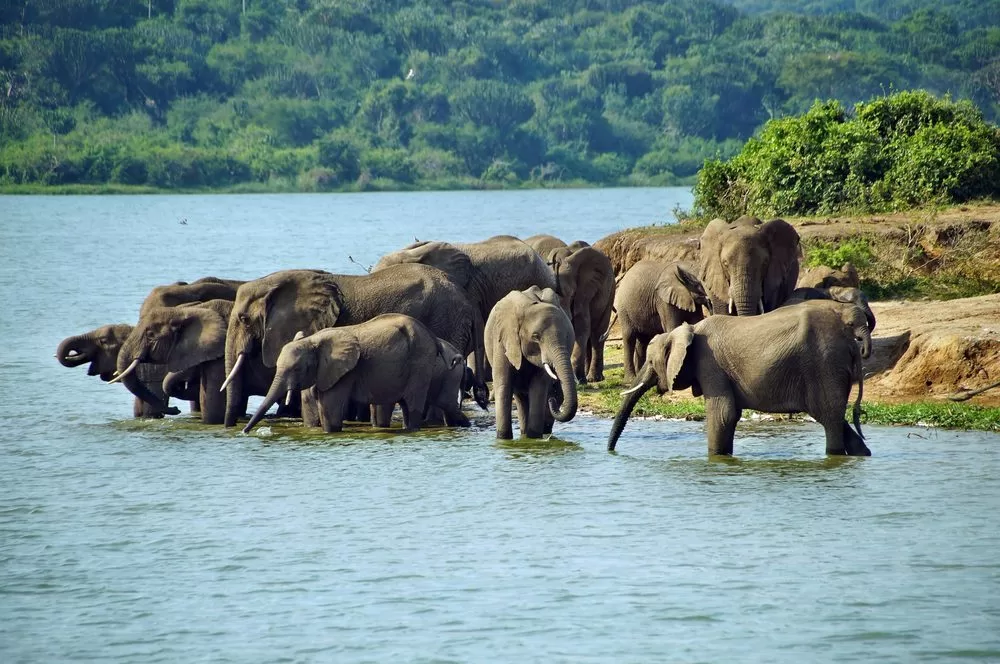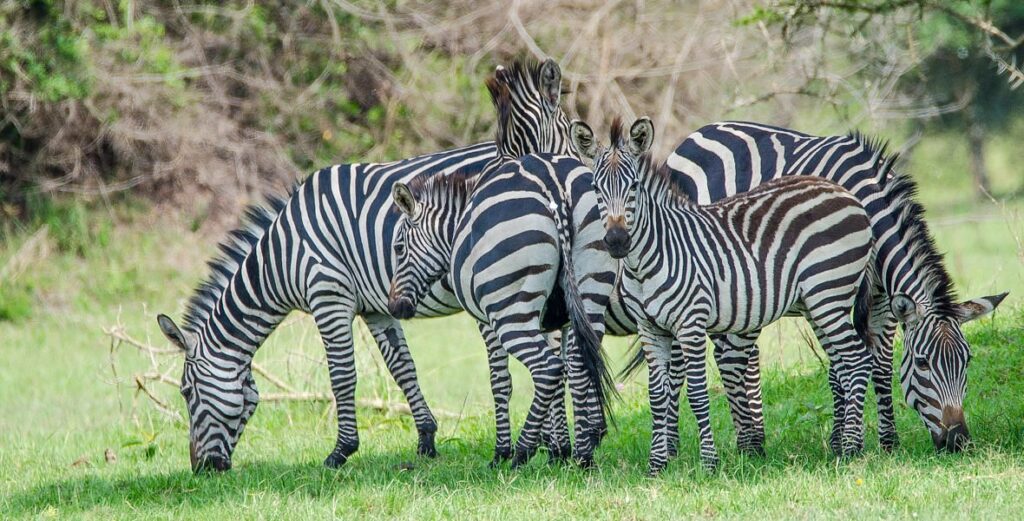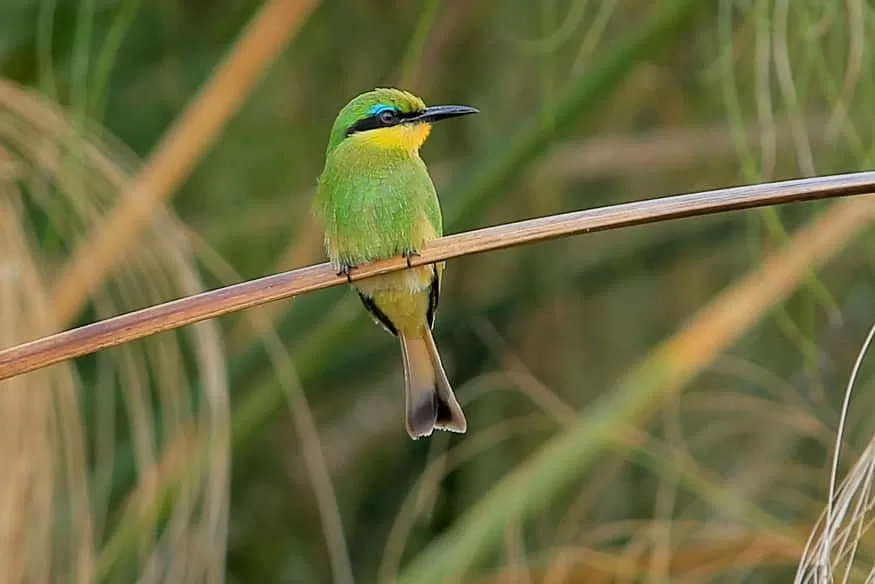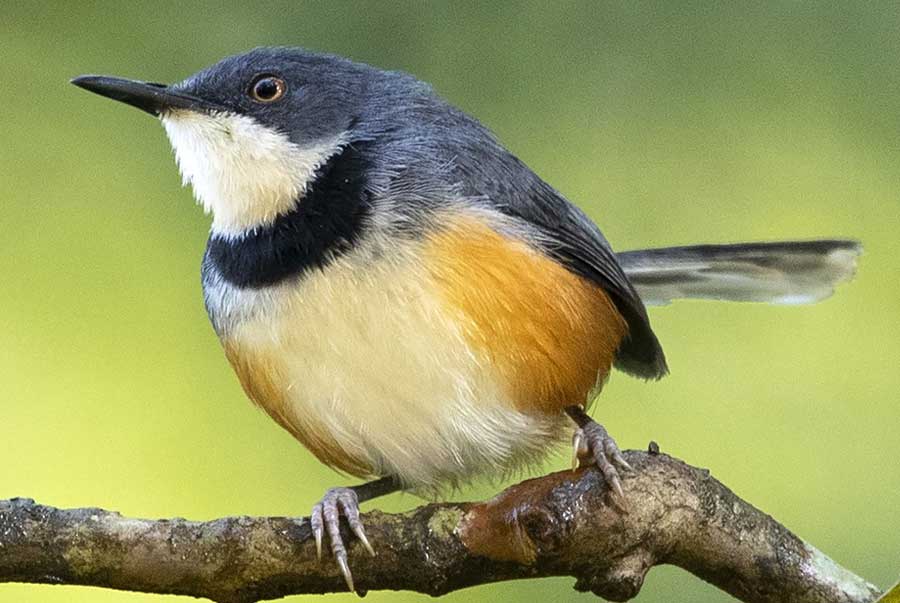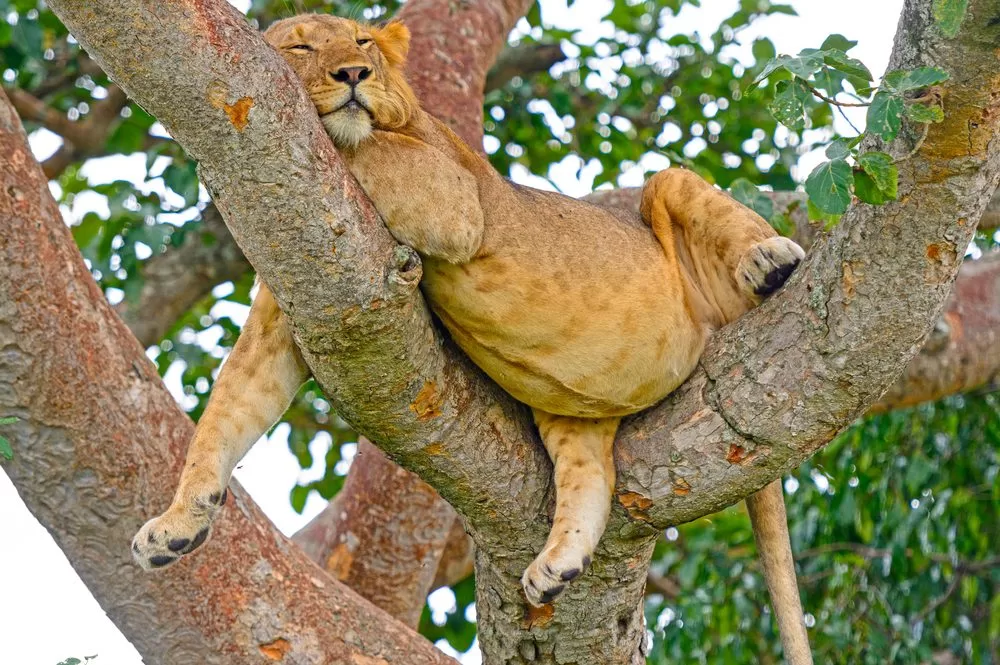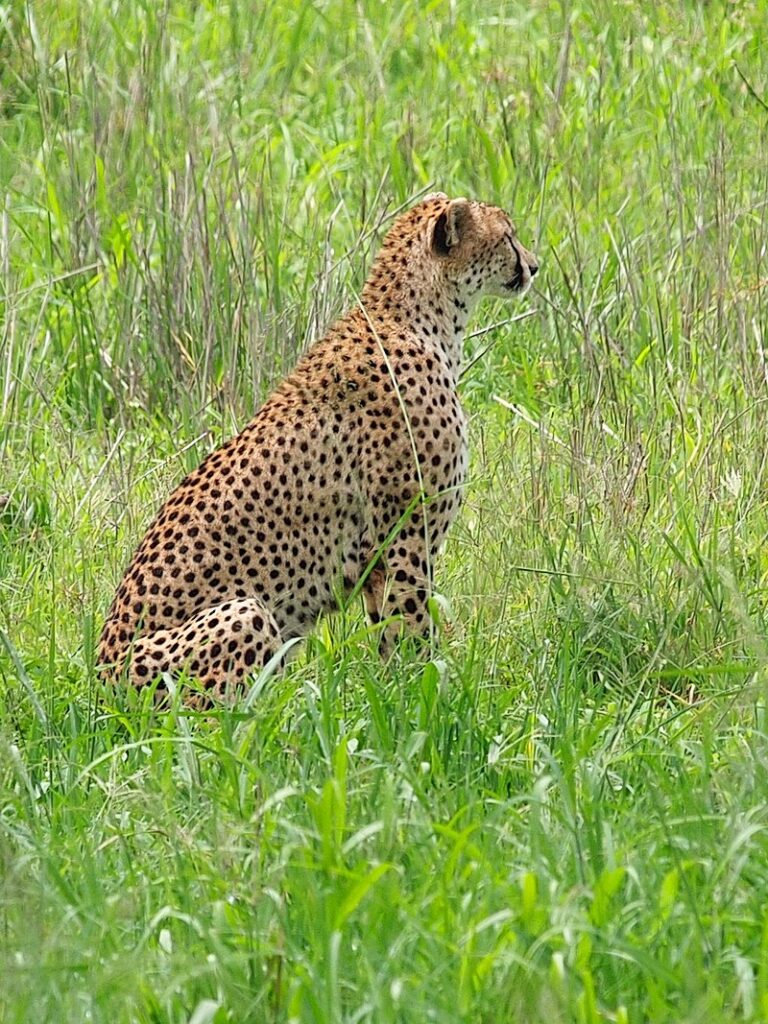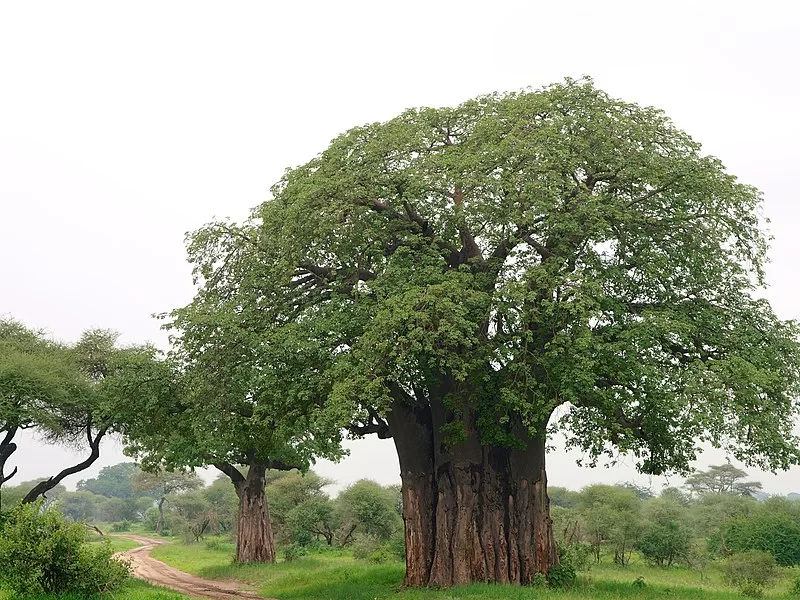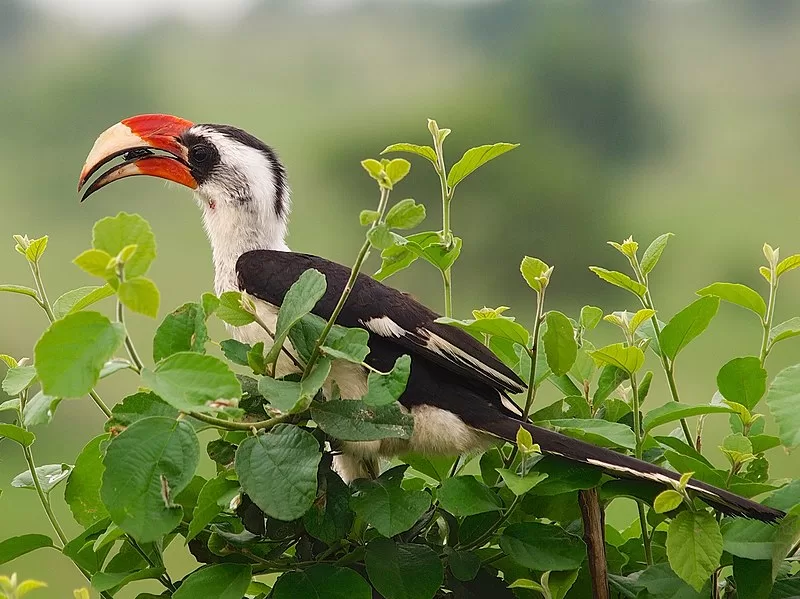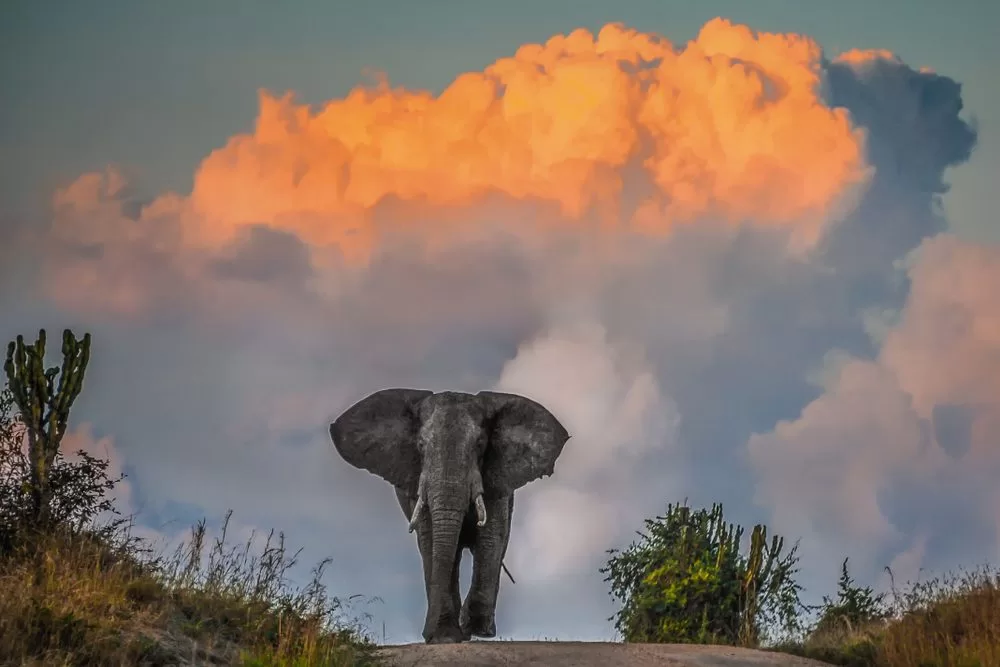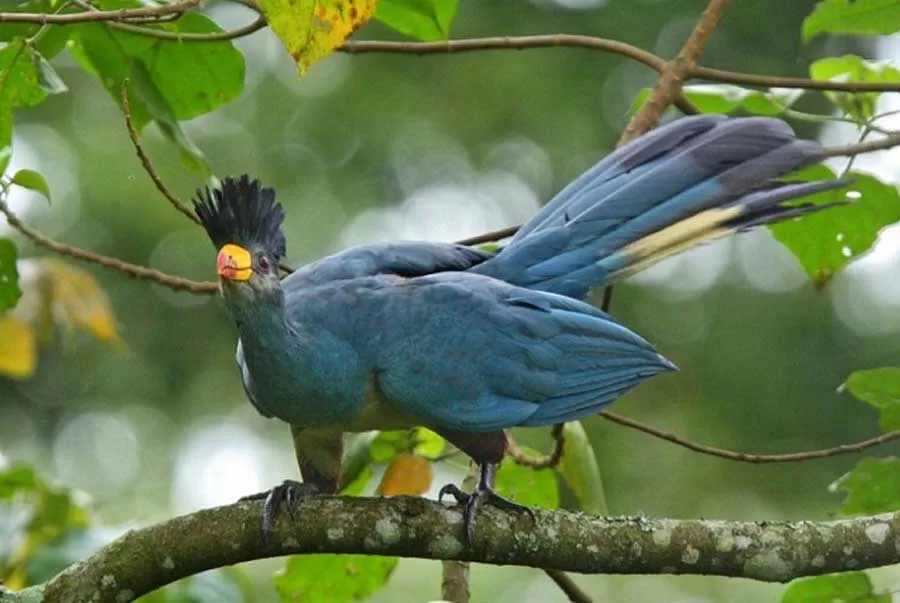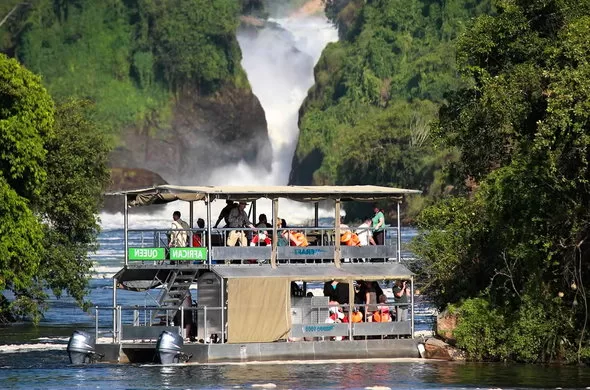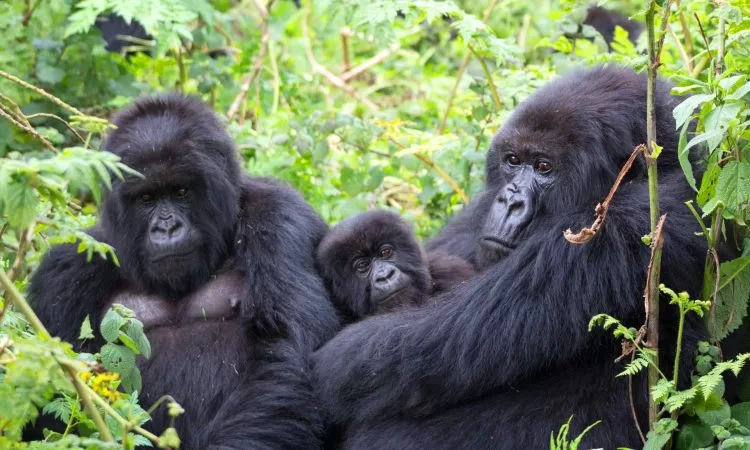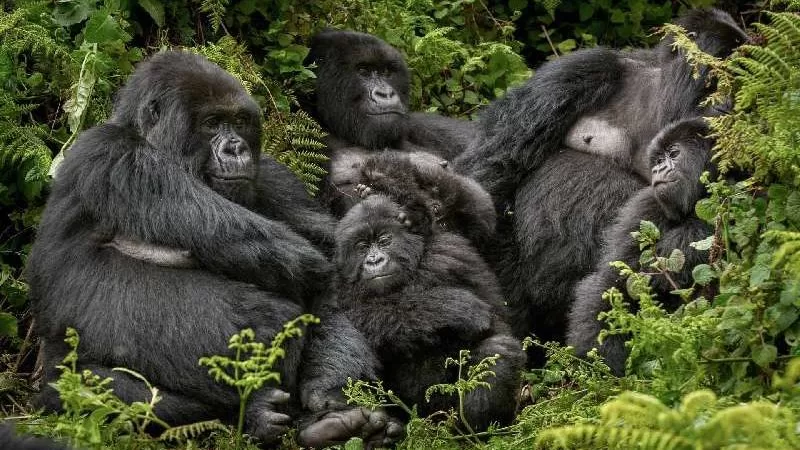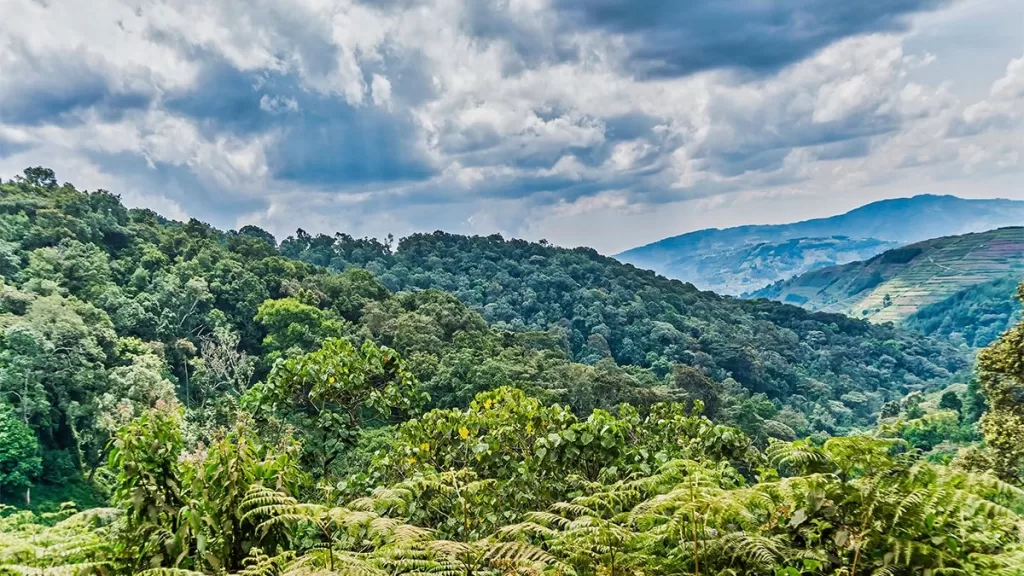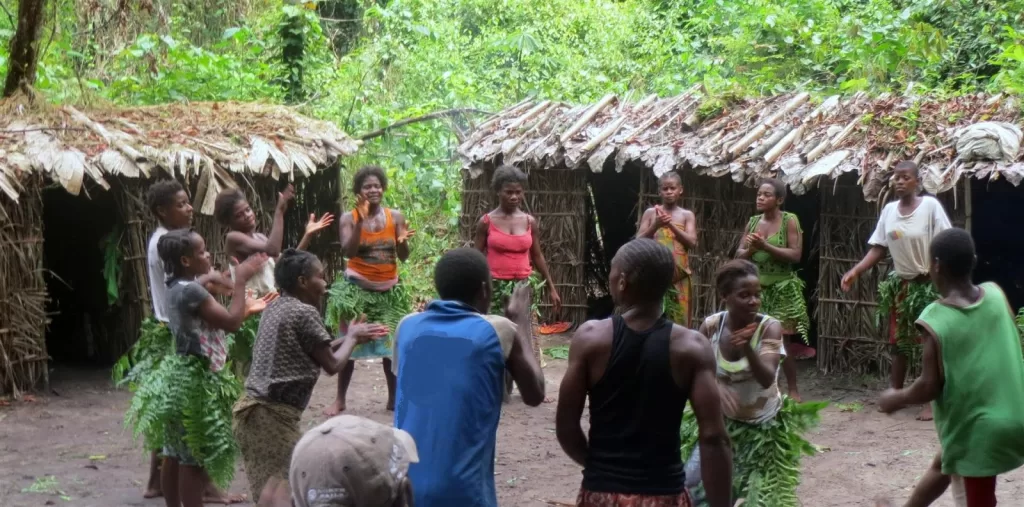- 26
- 4
- 7
- 2
- 7
- 1
- 1
- 1
- 1
- 3
- 6
- 5
- 1
- 1
- 1
- 14
- 2
- 3
- 3
- 1
- 1
- 19
- 1
- 1
- 6
- 1
- 1
- 1
- 2
- 2
- 2
- 6
- 3
- 6
- 1
- 3
- 4
- 8
- 1
- 6
- 2
- 1
- 5
- 1
- 1
- 6
- 4
- 6
- 6
- 6
- 6
- 1
- 4
- 2
- 2
- 1
- 1
- 4
- 4
- 2
Bwindi Impenetrable National Park
Location: Kanungu District, South-Western Uganda.
Area: 3,893 km2 (1,503 sq mi)
Overview
Bwindi Impenetrable National Park Located in the southwestern part of Uganda, at the junction of the plain and mountain forests sits Bwindi Park covering 32,000ha known for its exceptional biodiversity with more than 160 species of trees and over 100 species of ferns. Bwindi Impenetrable Forest National Park was designated as a national park in 1991, and in 1994 listed as a UNESCO World Heritage Site because of its ecological importance, and a 10 square km area was incorporated into the park.
This park is part of the Bwindi Impenetrable Forest and situated along the Democratic Republic of the Congo (DRC) border next to the Virunga National Park and on the edge of the Albertine Rift. The Montane and lowland are composed within 321km2 (124 sq. mi) and accessible only on foot.
The species diversity is a feature the park has and provides habitat for 120 mammal species, 348 species of birds, 220 species of butterflies, 27 species of frogs, chameleons, geckos, and many endangered species. This is the most floral diverse forest in East Africa, with more than 1,000 flowering plant species, including 163 species of trees and 104 species of ferns.
The low-elevation sector in the north has many species of Guineo-Congolian flora, including two endangered species the brown mahogany and Brazzeia longipedicellata, in particular, the area shared in the high levels of endemisms of the Albertine Rift.
A sanctuary for the colobus monkeys, chimpanzees, the birds such as hornbills and turacos. Most notable for the 400 Bwindi gorillas, half of the world’s population of endangered mountain gorillas. These 14 respective areas are under the management of Uganda Wildlife Authority habituated to mountain gorilla groups open to tourism in four different sectors Buhoma, Ruhijja, Rushaga, and the Nkuringo in the Districts of Kanungu, Kabale, and Kisoro.
The reclassification has had a large impact on the Batwa pygmy people evicted from the forest and no longer permitted to enter the park or access its resources. One of the world’s most biologically diverse regions and one of Africa’s best places to trek to see the endangered mountain gorilla together with the Virunga Mountains on the Rwanda side. * It’s important to acquire a gorilla trekking permit prior to arrival to avoid disappointment.
The park is accessible by road approx. 7hrs and 35mins at a distance of 463.7kilometers to get there via Masaka Road from Kampala, or fly from Entebbe or Kampala at Kajansi airfield to the up-to-date tarmac airstrip found at Kisoro alternatively charter flight to the Savannah or the grass Kayonza airstrips. A six-hour drive from Lake Mburo National Park, two hours drive from Queen Elizabeth National Park (Ishasha Sector).
The Uniqueness of this Park
-
- Home to Mountain Gorilla trekking.
-
- UNESCO World Heritage Site
-
- Its impenetrable nature is due to the dense growth of herbs, vines, and shrubs that covers the valley floors, this makes it the ideal habitat for mountain gorillas.
Accommodation Options
-
- Bwindi Lodge (8 newly renovated luxury bandas + 1 new deluxe banda (opened June 2019).
-
- Trackers Safari Lodge (11 spacious ensuite rooms).
-
- Sanctuary Gorilla Forest Camp (10 tented rooms in doubles & twins).
-
- Buhoma Lodge – within the National Park (ten comfortable chalets).
-
- Clouds Mountain Gorilla Lodge within the park (eight spacious cottages built from volcanic stone).
-
- Mahogany Springs Lodge (8 Superior Suites/Bandas, Presidential/Family Suite 2 bedrooms, 2 bathrooms, 2 Honeymoon Suites).
-
- Nkuringo Bwindi Gorilla Lodge (12 rooms in 9 residences with full amenities divided into three two-bedroom family villas and six garden cottages).
Activities at the Destination
Guided forest walks, visiting the montane forest butterflies, Bird Watching, Experience of Batwa culture, Gorilla trekking, Gorilla Habituation, visiting Lake Mutanda, Buhoma Community Walks, Mountain biking, and Hiking.

